It has been a difficult spring for farmers across the state, including those that are growing hemp for the first time.
It has been a difficult spring for farmers across the state, including those that are growing hemp for the first time.
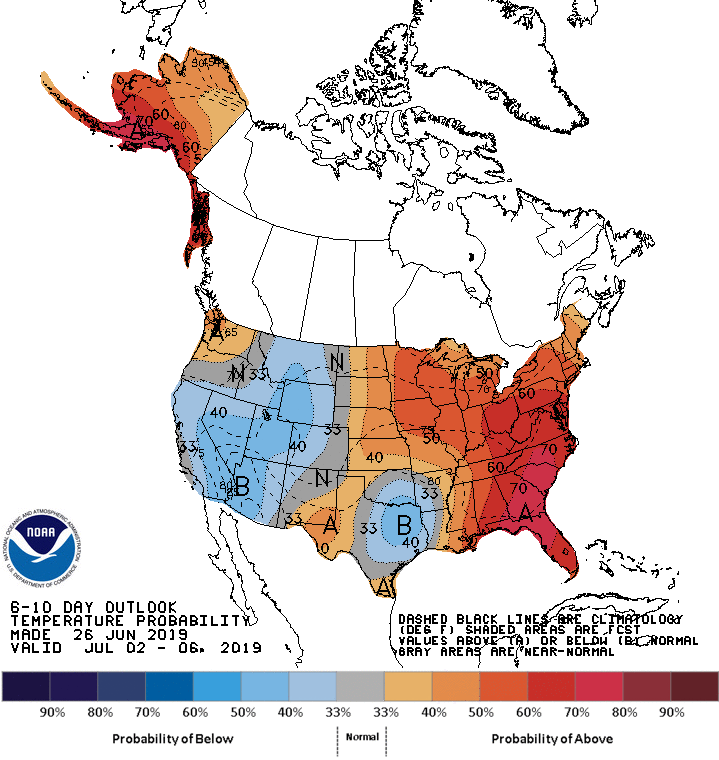
Outlook into early next week looks favorable for a dry weekend, but chances for precipitation around the state pop back up around Tuesday.
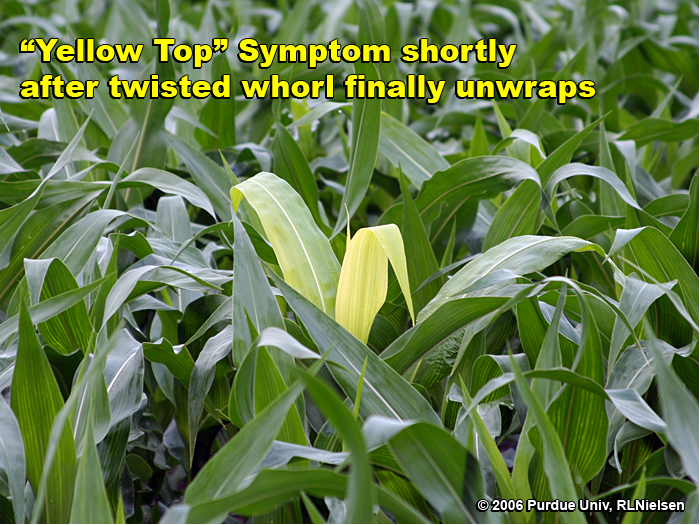
Twisted whorls sometimes develop in young corn plants early in the rapid growth phase. The cause is not well understood. The tightly twisted whorls eventually unwrap to reveal yellowish upper leaves that turn green after a few days of exposure to sunlight. Effects on yield are essentially nil. The curious phenomenon often referred to as the “twisted whorl syndrome” is beginning to show up in some fields in recent days. This “problem” often occurs when young corn shifts quickly from weeks of slow development (cool, cloudy weather) to rapid development (warm, sunny weather). Earlier planted corn has certainly experienced such a change in weather conditions in recent weeks. The occurrence of the twisted whorl syndrome is not uncommon, but rarely affects a large number of fields in any given year or a large percentage of plants within a field. The typical growth stage when growers notice the twisted whorls is[Read More…]
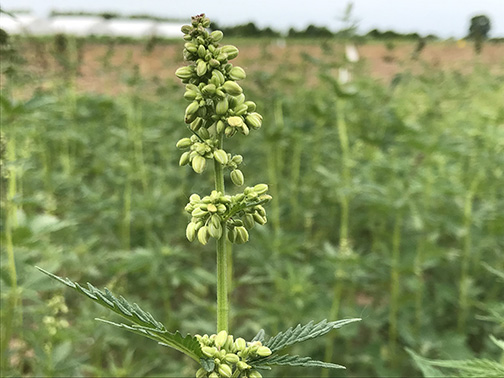
Both fiber, grain, and CBD hemp farmers are continuing to struggle with the wet weather and some fields remain unplanted.
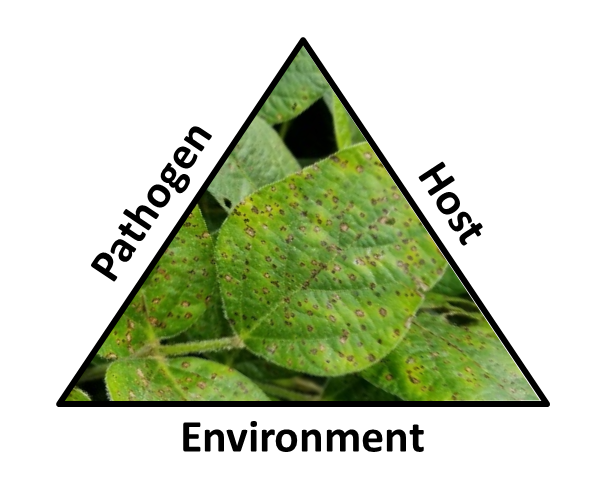
Recently there has been a number of calls and samples submitted to the Purdue Plant Pest Diagnostic Lab (PPDL) worried that they have frogeye on soybean. I know due to the issues we saw at the end of last season there is a bit of concern about managing frogeye.

A quick glance at some ornamentals on campus revealed that the Japanese beetle is beginning its emergence in west central Indiana.
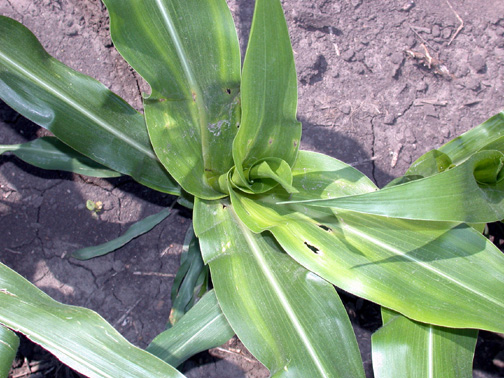
Reports from those checking fields indicate that brown stink bugs were busy this spring feeding on seedling corn.
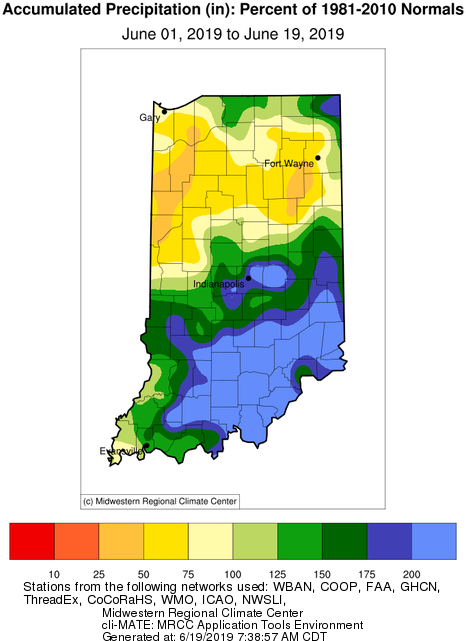
Some weeks I wonder if I could just re-use the previous week’s weather and climate article! The story seems to be the same: It’s been wet and more rain is expected.
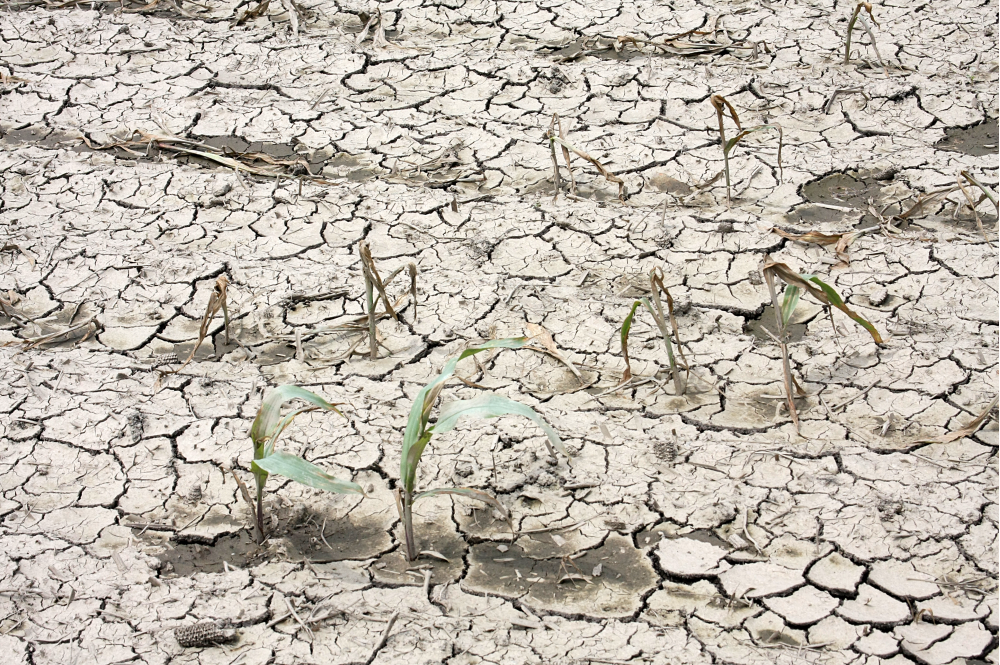
The consequences of flooding, ponding, and saturated soils on young corn depend heavily on the duration of the stress and temperatures.
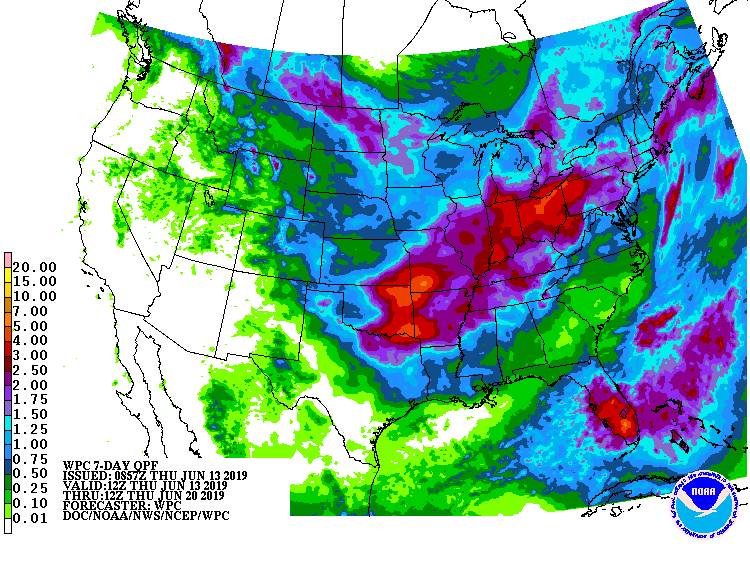
After a welcomed break in the rain for most of the state over the last 7-10 days, that window will close again by this weekend. In fact, the 7-day precipitation forecast (Figure 1) is predicting 2”-4” across Indiana by next Thursday (June 20th). Beyond that date, the climate outlook is showing strong confidence that above-normal precipitation amounts will continue through the following week (June 25th) and into early July. Be prepared for pooling water and potential flash flooding! How unusual has this spring been for Indiana? Believe it or not, this past March-May came in as the 11th wettest spring (15.52”) with respect to the 1895 through 2019 (125 years) time period! The record spring was in 2011 when 19.58” fell across the state (Figure 2). What is interesting to consider is in 2011, after the record-breaking March-June precipitation, the rain all but stopped falling for July through October (Figure[Read More…]
© 2026 Purdue University | An equal access/equal opportunity university | Copyright Complaints | Maintained by Pest&Crop newsletter
If you have trouble accessing this page because of a disability, please contact Pest&Crop newsletter at luck@purdue.edu.